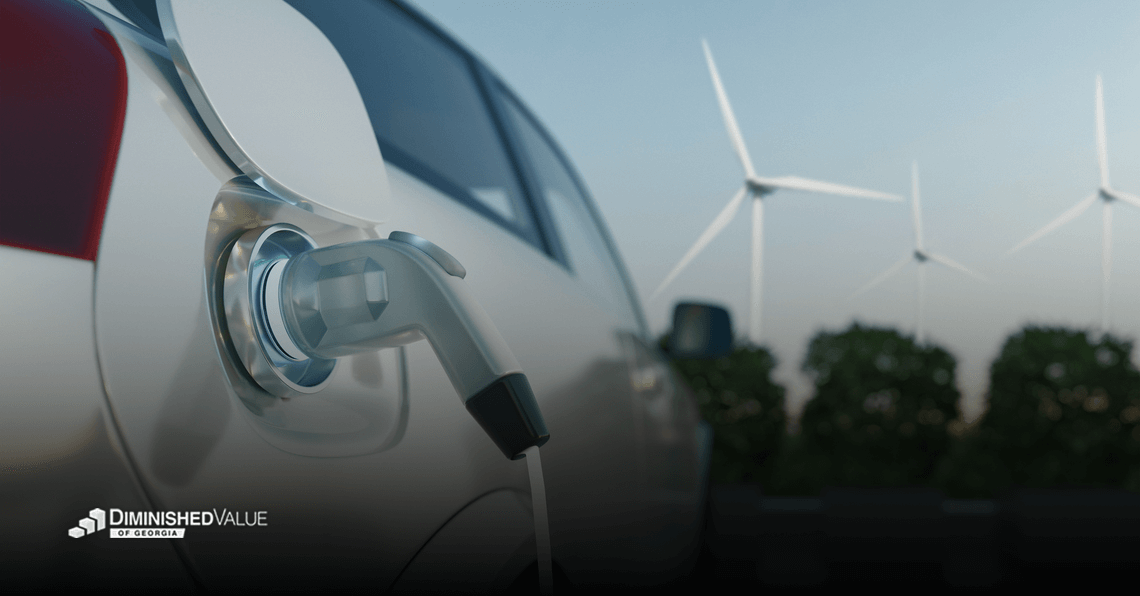Collision Costs for EVs vs. Non-EVs: Are EV Repairs Really More Expensive? (PDF)

Electric vehicles (EVs) have been making waves in the automotive industry, touted for their environmental benefits, lower operational costs, and cutting-edge technology.
However, one aspect that often goes under the radar is the cost of repairing collision damage to EVs compared to traditional internal combustion engine vehicles (Non-EVs).
In this blog post, we’ll delve into the details of collision costs for EVs and explore why repairing these high-tech vehicles might indeed be more expensive and time-consuming than their conventional counterparts.
Collision Repair Costs Over the Years
Let’s start by examining the average total repair costs for both EVs and Non-EVs over the years. The data below illustrates a significant trend:
| Year | EVs Average Repair Cost | Non-EVs Average Repair Cost |
|---|---|---|
| 2018 | $5,194 | $3,070 |
| 2019 | $5,433 | $3,234 |
| 2020 | $5,979 | $3,422 |
| 2021 | $6,320 | $3,766 |
| 2022 | $6,587 | $4,215 |
As we can see, repairing collision damage on EVs consistently costs more than their Non-EV counterparts. This trend indicates that EVs pose unique challenges when it comes to collision repairs.
Average Number of Parts Replaced
Another crucial aspect to consider is the number of parts that need replacement during collision repairs. This data sheds light on the complexity of the repair process:
| Year | EVs Average Parts Replaced | Non-EVs Average Parts Replaced |
|---|---|---|
| 2018 | 28 | 13 |
| 2019 | 31 | 13 |
| 2020 | 36 | 13 |
| 2021 | 38 | 14 |
| 2022 | 31 | 16 |
The data shows that EVs require a significantly higher number of parts to be replaced during collision repairs, suggesting that the intricate electric components and systems in these vehicles can be more susceptible to damage in accidents.
Why Are EV Collision Repairs Costlier?
Now, let’s explore the reasons behind the higher collision repair costs for EVs:
- Advanced Technology and Complexity: While EVs are perceived as high-tech vehicles, they are, in fact, less complex in many ways than traditional internal combustion engine vehicles. However, their advanced electric components and systems can be expensive to repair or replace.
- Fewer Moving Parts: EVs have fewer moving parts compared to Non-EVs, but this can work both ways. While there are fewer parts that can fail due to wear and tear, when they do require repair or replacement, the cost can be higher.
- Specialized Repairs: Repairing EVs often requires specialized training and equipment, which can drive up repair costs. Technicians need to be well-versed in electric vehicle technology to ensure safe and efficient repairs.
Conclusion
In conclusion, while owning an EV offers numerous advantages, including lower operational costs and environmental benefits, it’s essential to be aware of the potential higher costs associated with collision repairs.
The data clearly indicates that repairing collision damage on EVs is consistently more expensive than on Non-EVs, primarily due to the intricate electric components and specialized repair requirements.
As EV adoption continues to grow, understanding these collision costs becomes crucial for informed decision-making when choosing between electric and conventional vehicles.



